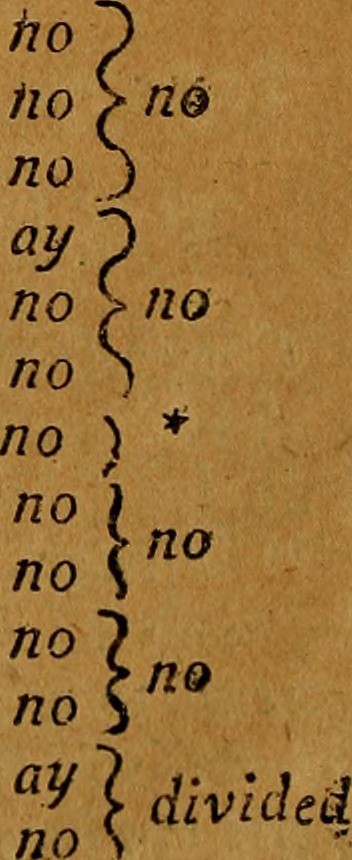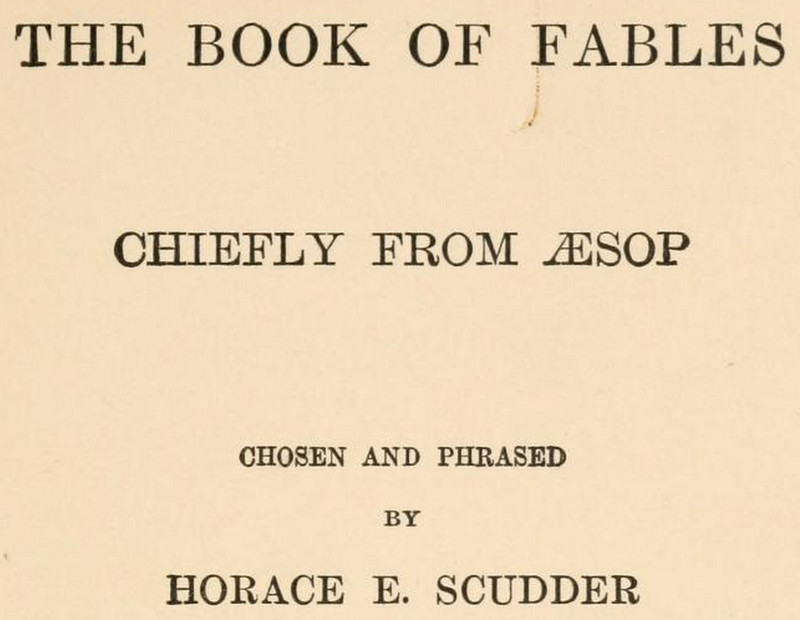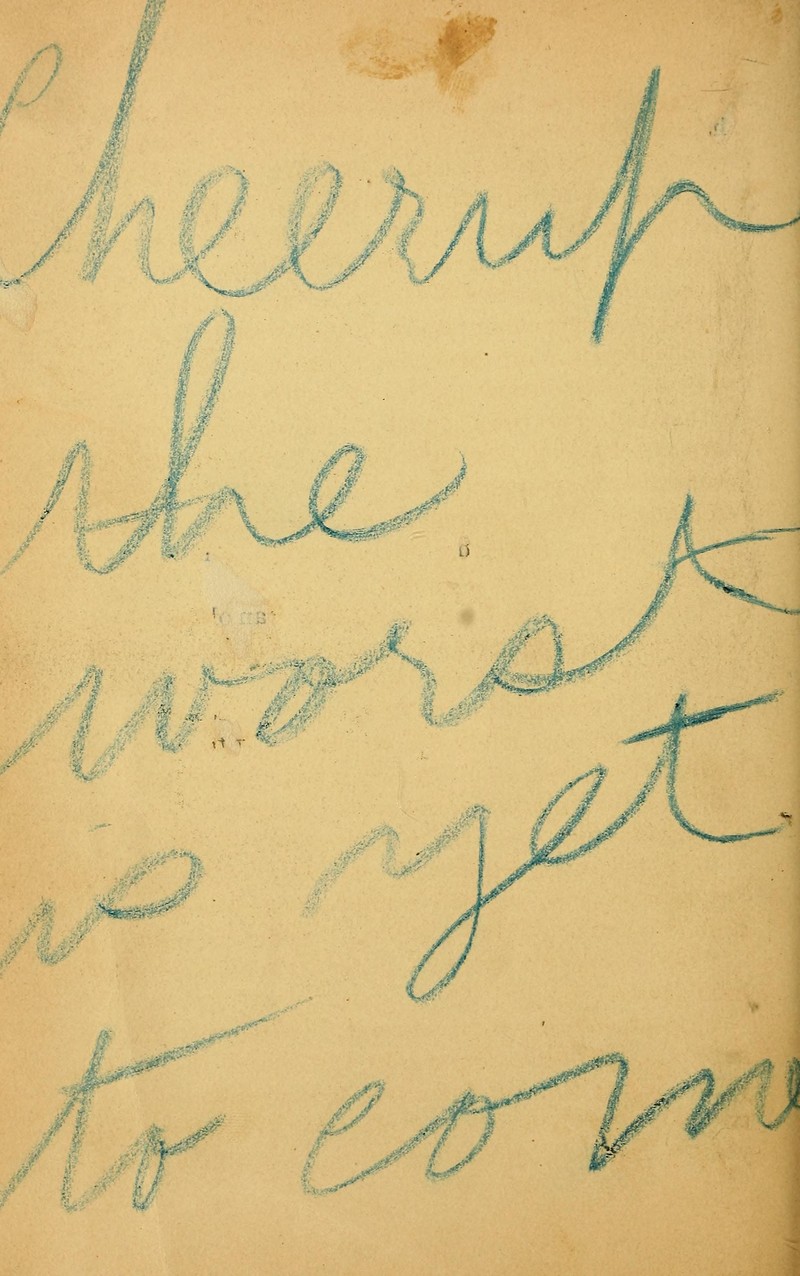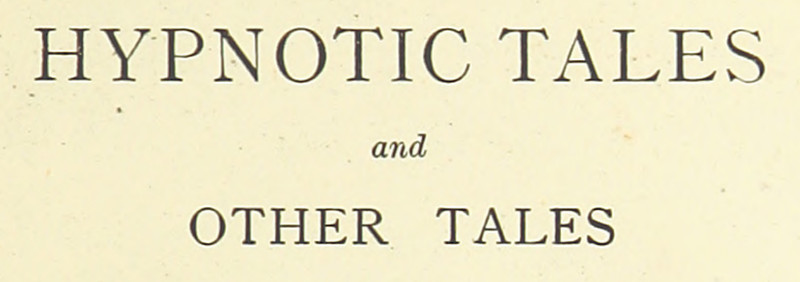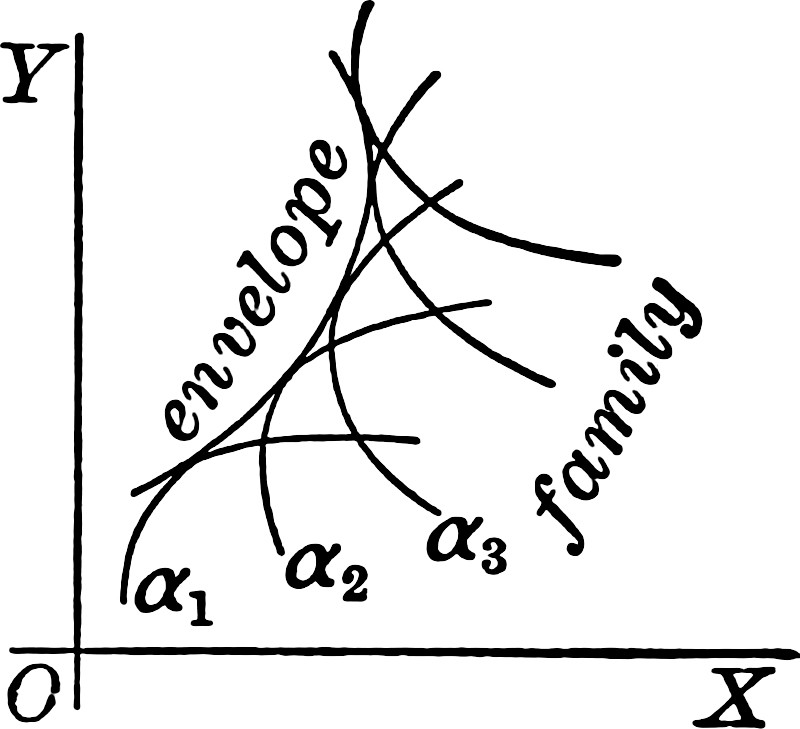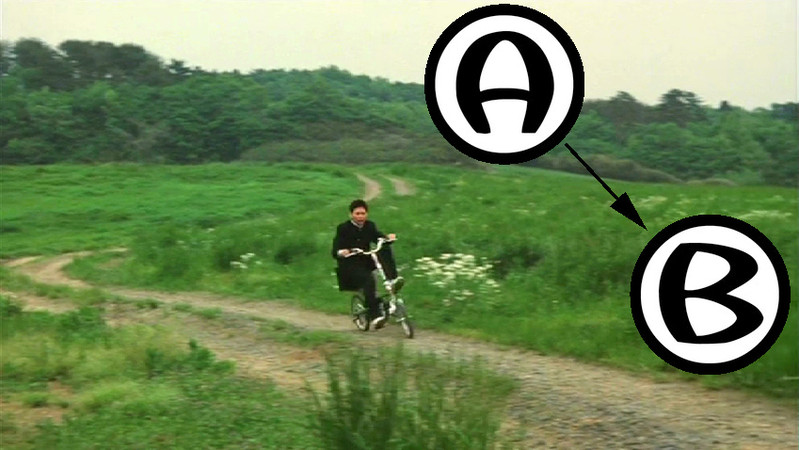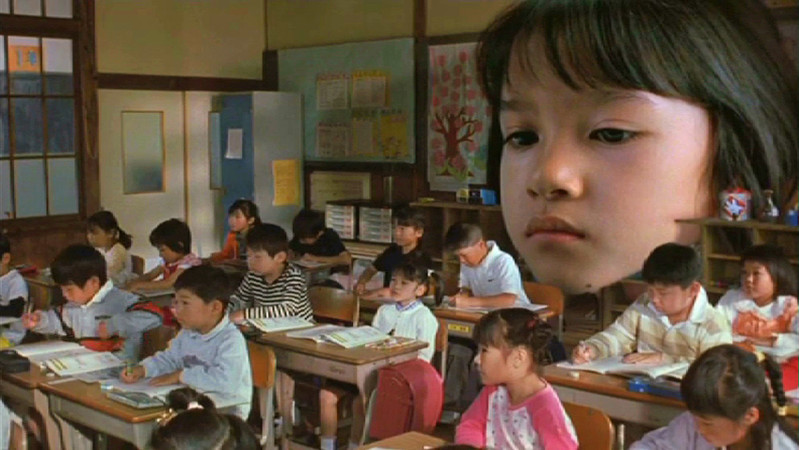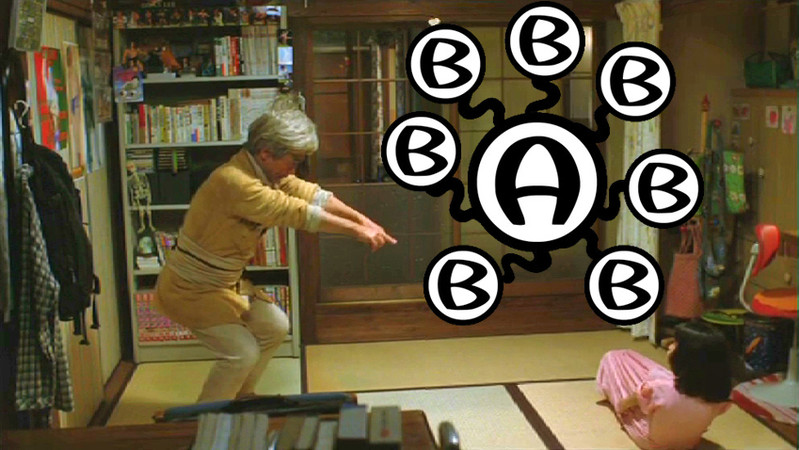I Found a Penny Today, So Here’s a Thought
|




 |
|
|
 |
 |
 |
We once tried to buy a photograph of Woody Allen. We called the photographer to ask about availability, and he laughed at us. "That's not Woody Allen," he explained condescendingly. "That's a wax figure of Woody Allen." Then he began hemming and hawing, talking about how much trouble it would be to find the negative and make a print. (Artists, bless 'em, can be real pieces of work themselves.) Flustered by the entire conversation, we politely told him not to put himself out and decided not to pursue the acquisition. But here's the lingering question: had the photo been of Woody Allen himself and not an uncannily lifelike wax figure, might we have worked past the photographer's primadonna attitude and secured a print? I mean, we loved the photo, but did it feel somehow less authentic in its waxy afterglow? Here's what we do know about wax figures:
- "Every day a wax figure is taken for a live man, and live people are mistaken for wax." —Richard Panchyk, New York City History for Kids, 2012
- "The complexion of a wax figure is indeed a work of art." —American Cloak and Suit Review, 1918
- "A wax figure is not cheap, especially a good one." —Dry Goods Reporter, 1906
- "A wax figure is a material thing." —L. W. Forguson, "Has Ayer Vindicated the Sense-Datum Theory?"
- "A wax figure is understood by us as something constructed by an intelligent mind." —Jehangir Nasserwanji Chubb, Faith Possesses Understanding, 1983
And yet:
|



 |
|
|
 |
 |
 |
We're delighted to have contributed a bit of our research to Long Forgotten's post about an overlap of the Rich Fool traditions, the Faust legend, and Spontaneous Human Combustion. We're also delighted to have consulted with Gary Barwin on his participation as a " Non-Psychic" in an art installation/performance in Hamilton, Ontario.
|






 |
|
|
 |
 |
 |
Here is explained why we should behave as unreally as possible:
"We must accept the so-called reality around us, the woodlouse in the cellar no less than the evening star. It's only we ourselves who are unreal—partly just because we are aware of the fact. And as a result we contradict ourselves. Would you try to build a house of sand? You wouldn't move a finger to do so. Because you know that the house would collapse at once. And all that we do here is equally pointless. It drifts away like writing in the sky. We come from the unknown, linger a lifetime, and drift away again. Better not to act as if we were real. We should behave as unreally as it is possible to behave in reality. ... [I]t is we on earth who are really on the Other Side. Because we are still on the wrong side of reality, even though it surrounds us. That means that fundamentally we are capable of everything except being real." — Ernst Kreuder, The Attic Pretenders
|


 |
|
|
 |
 |
 |
As the BBC didn't caption this hilarious Scottish comedy sketch for the hard of hearing, we transcribed the script below:
You know, I never even saw his Snapchat. It was her that saw his Snapchat. He says it’s on my Snapchat, but I’d never even done a Snapchat that night. It was him that did the Snapchat, and she saw it. She took a screen grab of her Snapchat, and he tried to deny it. He was like, “I didnae like her Instagram,” and I was like, “Oh, you did like her Instagram.” And he was like, “No, I just liked the Facebook post. It was a screen grab of her Instagram. It wasnae her actual Instagram.” But Amy... Amy... a like’s a like.
Amy: A like’s a like.
I was raging! I was like, “You favorited her tweet, and you liked her Instagram by proxy by liking her Facebook post that was a screen grab of her Instagram... You shared her Tumblr, and she saw your Snapchat, she took a screen grab of your Snapchat, and she tweeted it and you favorited it.” And he was like, “No, no, listen... I only favorited her tweet because it was a screen grab of my Snapchat, no’ because it was her that took the screen grab. And I only liked her Facebook post because it was a screen grab of Instagram, and I like Instagram, no’ because I like her Instagram. I only shared her Tumblr because I like that meme, that thing frae Twitter that she’d Tumbled about.” Because earlier that day on Facebook, apparently somebody had posted a screen grab frae Instagram, and he liked it. “No’ because I like her,” ’e said. “No’ because I like her.” But Amy, what am I always sayin’?
Amy: A like’s a like.
A like is a like. Ugh! Amy, listen... Never fall in love with a liker.
|

 |
|
|
 |
 |
 |
Getting from A to B in Katsuhito Ishii's The Taste of Tea
In the sublime film The Taste of Tea ( 茶の味, 2004), each family member depicts a distinctive way to go from A to B. (This binary perspective is of course reinforced through the many games of Go throughout the film.)
We see the son running after a bus, biking with all his might, and riding a train between home and school, always seeking to bridge the gap between the A of himself and an external goal on the horizon, B. Whether it's his education, the gaming club after school, or pursuit of a love interest, he's trying to get somewhere.
The daughter's quest for B is quite the opposite of her brother's. Her B is within herself, symbolized by her persistence in teaching herself to perform her first flip. Instead of an arrow between her A and an external B, the daughter follows an inward spiral. Indeed, she has such a horror of externalized consciousness that her own personal demon is an enormous version of herself that she disconcertingly sees through the corner of her eye.
The uncle is visiting on a break from work and seeks no B whatsoever. Yet as he strolls and minds his own business, fascinating B's pop up unexpectedly all around him, in the form of a lost love, a yakuza playing baseball with river rocks, and a camping interpretive dancer. So instead of seeking a B within himself or in the external world, he passively becomes a magnet that attracts the B's toward him.
The mother is trying to find a way to preserve her career in anime even as she raises her children. She works from home and seeks to be at the center of an encircling world of B's. This image is reinforced in a vision she has during a hypnotic trance, in which colored streams of light burst outward from her head.
The grandfather overlaps his A with whatever B he encounters. As his daughter-in-law draws in the kitchen, he strikes fighting poses as her model. He records an album with one of his sons. He plays ninja with his grandson. He improvises a song about his granddaughter when she forms herself into a pink triangle within her nightgown. Like the tentacles of the squid he begs for at dinner, he reaches out to and connects with every B in his path. Indeed, he makes no obvious distinction between himself and others.
|


 |
|
|
 |
 |
 |
BIBLIOGRAPHY TEMPLATE
(courtesy of Jonathan Caws-Elwitt)
The Early One That's Out of Print, and Good Luck Getting Your Hands On It
The One Everybody Has Read
The One No One Ever Reads
The One You'll Read If You Absolutely Have to Read More Than One
The One That's Pretty Good, But It's Nonfiction / A Story Collection / Co-Written with Another Author, So It Doesn't Really Count
The Later Work That You've Tried to Get Through But Just Can't
The Posthumously Published One That We're Not Sure Was Completed to the Author's Satisfaction
The Lost Manuscript That Showed Up Later (But We'd All Lost Interest By Then)
|


Page 140 of 170

> Older Entries...

Original Content Copyright © 2025 by Craig Conley. All rights reserved.
|



